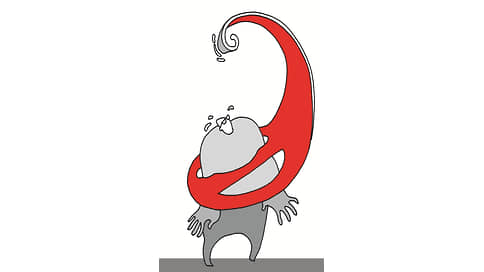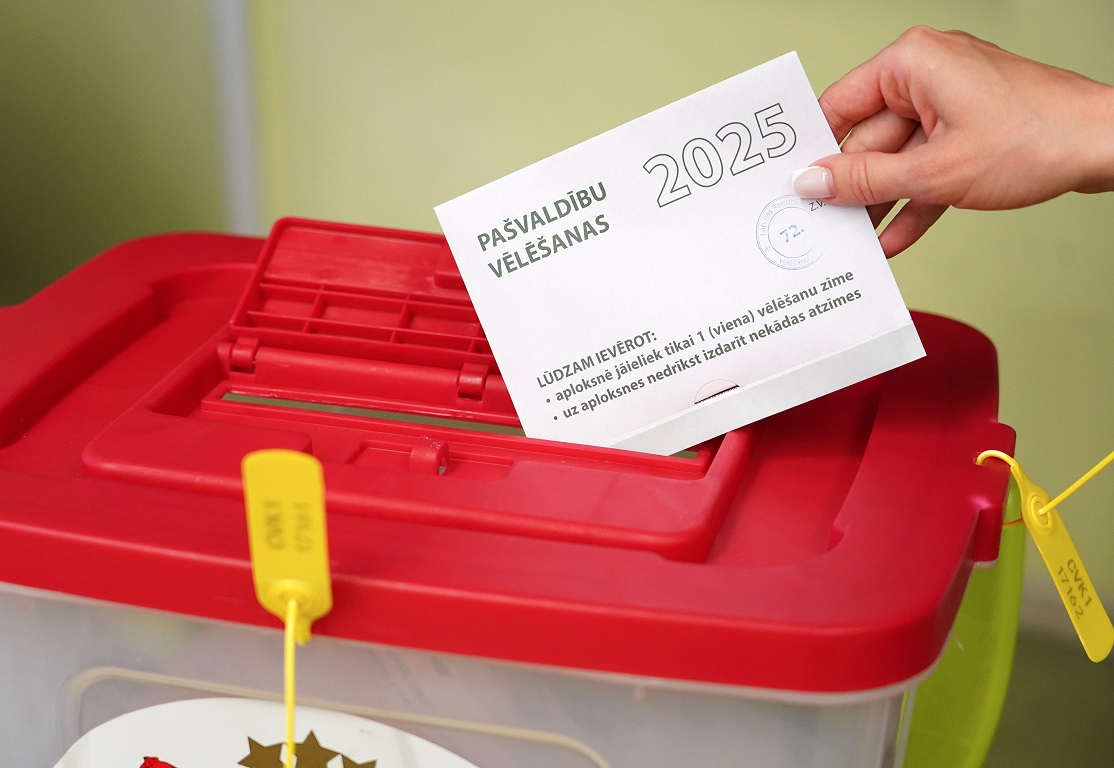As restrictions on the trade in ferrous and non -ferrous metals will affect markets

Over the past week of March, several countries immediately introduced or announced restrictive measures regarding ferrous and non -ferrous metals. According to analysts, this will lead to the rise in the cost of logistics, which, however, will not be able to transfer to the cost for end consumers, and for Russian metallurgists the risks of increasing competition with Chinese products in world markets will increase. Africa can become a promising direction against this background.
Restrictions on the trade in ferrous and non -ferrous metals, announced in the last week of Marta by several countries, will lead to a period of price pressure in the markets and reorganization of supplies for manufacturers, predict S&P Global analysts.
NEFT Research Managing Partner Sergei Frolov says that changes in logistics can lead to an increase in the cost of metals due to an increase in transport costs.
But in the short term, it is possible to oversleep warehouses due to procurement for the future against the backdrop of fears of further exacerbation of the trade war, which can temporarily reduce demand and prices, he believes.
According to the head of the analytical department of RIMO-TRAST Oleg Ablev, in the short term, restrictions can lead to an increase in prices, but in medium-term, if the trading wars continues, probably overstocking in the markets, as was already the first term of Donald Trump’s presidency. And if the demand in China continues to decline, the prices will go very much, he warns. Also, according to him, the risks of fragmentation and reduction of transparency in the markets are formed when metals will be traded in different regions of the world at different prices.
Measures in the markets of ferrous and non -ferrous metals are explained by the need to protect manufacturers from cheap imports.
So, Indian regulators recommended introducing a temporary fee of 12% for imports of flat rental from illegal and alloyed steel for a period of 200 days. The duty will be applied to imports from China and Vietnam. South Korea introduced a preliminary anti -dumping fee of 21.62% on sheet stainless steel from China for a period of four months. The duty will be valid from March 25 to July 24 of this year. In February, the country introduced temporary anti -dumping duties on a hot -rolled steel sheet from the PRC. In addition, imported restrictions were tightened to prevent the influx of redirected Chinese steel, South Africa, Türkiye, Vietnam, Malaysia and a number of Persian Gulf countries, they indicate in S&P Global.
In the USA in April to 25 percent duties Similar duties on copper can be added to aluminum imports. This has already led to exciting demand and record prices for this metal (See “Kommersant” from March 26). Industrial expert Leonid Khazanov says that large traders such as Trafigura, Glencore and Gunvor actively deliver copper from Asia to the United States, placing it in existing free warehouses. Against this background, scrap exports from the United States fell to a minimum, consumers study the prospects for copper procurement in Latin America, he says.
According to Sergei Frolov, global players focused on the USA may lose part of the market if they can’t redirect their deliveries, and Russian metallurgists may encounter risks in the Asian markets due to increased competition. Mikhail Shulgin, chief analyst at the Rosgosstrakh Life Investment Analyst, also expects Russian steelmits to feel higher competition in the CIS markets, the Middle East and Asia. As a result, according to him, in 2025–2026, the proportion of Russian companies in export markets may decrease, which will put the power load in the absence of growing demand in the domestic market under even greater pressure.
On Chinese manufacturers, pressure from the USA, Europe, India is growing, because the PRC can answer the growth of exports to the Middle East and Africa, experts allow.
Africa is a new growing market for all players, but so far the most successfully Africa crushes China for itself, notes Mr. Shulgin. Oleg Ablev explains that new markets with potentially growing demand are looking for everything – Chinese steel, Russian aluminum, South American copper. This is Southeast Asia, the countries of the Middle East, North Africa and South Latin America, he believes.
The main risk associated with the growth of mutual trade restrictions is a decrease in the rates of global economic growth, and therefore demand for metals and other raw materials not only in the United States, but around the world, the chief economist of the Institute for Growth Economics named after P. A. Stolypin Boris Kopeikin. And if in the growing demand, the rise in the cost of logistics is quite possible to transfer to prices, then in the absence of such a demand it will be difficult to do, adds Mikhail Shulgin, “the most likely script will be a decrease in demand, a drop in metals and the work of manufacturers for a warehouse,” he predicts.








